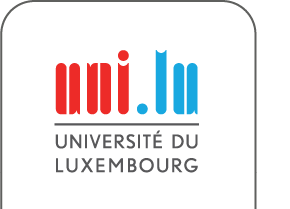Incineration of Biomass in Furnaces

Combustin of wood pellets with intermittend feeding
Abstract
The objective of this research is develop a software tool that predicts thermal conversion of solid fuels such as biomass in a variety of engineering devices e.g. in a packed and moving bed on a forward or backward acting grate. Thermal conversion consists essentially of a reaction process of solid fuel particles coupled to the surrounding gas phase by mass and heat transfer and their motion within the reaction e.g. combustion chamber. As a novelty, the proposed approach considers a packed bed to be composed of a finite number of discrete particles which may have different properties, shapes or sizes. Each of these particles undergoes a sequence of processes that are described by a set of one-dimensional and transient conservation equations for mass, species momentum and energy within the Discrete Particle method (DPM) with sufficient accuracy. Thus, the sum of all particle processes represents conversion of a packed bed including processes such as heat-up, drying, pyrolysis and gasification. Motion of fuel particles is described by the Discrete Element Method (DEM), while the state of the gaseous phase is described by differential conservation equations for mass, momentum and energy of a compressible reacting flow by well established CFD methods. Heat and mass transfer couples the flow within the void spaces to the particles e.g. packed bed. The predictions of the numerical model are compared to both experiments with single particles and measurements of packed and moving beds. Due to the nature of the process of a packed bed of fuel particles, a large number of parameters of the packed bed such as particle temperatures or local composition are inaccessible during an experiment. Therefore, this effort will complement experimental investigations and provide a deeper insight into the process.
People
-
Partners: Prof. T. Nussbaumer, Hochschule Luzern
-
Contact: Prof.-Dr.-Ing. B. Peters
Funding
The research was funded through an FNR grant.
